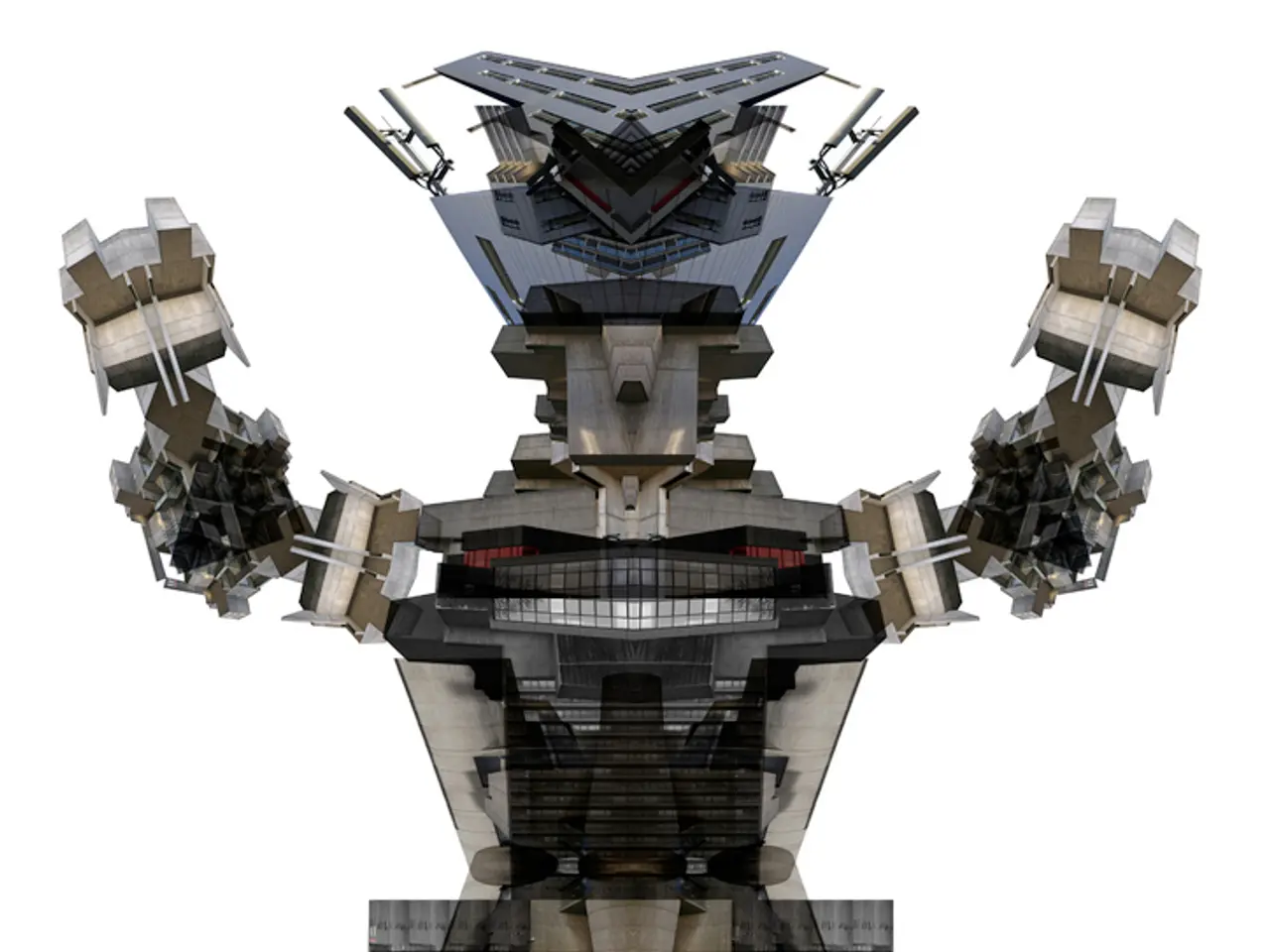Learning Robots with Virtual Reality (VR) Drawing Instead of Traditional Coding Methods
In the ever-evolving world of robotics, a groundbreaking development has emerged that promises to revolutionize the way manufacturing tasks are handled - the "Draw-to-Train" approach. This innovative method streamlines the process of robot programming, making it more accessible and intuitive for non-experts.
The latest advancement in this field comes from MIT, where a versatile demonstration interface (VDI) was introduced in 2025. This interface allows robots to learn tasks through various training methods, such as physically guiding the robot, remotely controlling it, or demonstrating the task by hand. The system records these actions using embedded cameras and sensors, interprets them, and then replicates them.
By adopting this "Draw-to-Train" style interface, traditional bottlenecks in robot programming, such as detailed coding and precise path planning, are significantly reduced. This accelerates deployment and adaptation on the factory floor, enabling more flexible and unattended operations.
The system optimizes the learning process with reinforcement or imitation learning to match torque, speed, and safety limits before pushing the final policy or trajectory bundle to the robot control stack. It also converts strokes into spline paths or voxel masks for motion planning and collision checks.
To ensure safety, the system includes safety layers such as speed limits, geofences, and emergency stops. It also allows floor staff to tweak paths in VR without touching the core policy, and a lightweight inference engine on the robot handles final adjustments.
Each line drawn can mean "follow this path", "avoid this area", or "grip here". A small classifier tags strokes by colour, thickness, or gesture pattern for easier interpretation. Complex tasks are broken into modular chunks so the planner can swap pieces later, and recording everything without labels can bury you in unnecessary data. Therefore, it's crucial to tag data at the time of capture.
To measure the effectiveness of a drawing-driven policy, key metrics are tracked, including task success rate, collision-free execution, time to first workable path, and correction count per session. Energy use and cycle time are also logged once the device is deployed.
By removing the barrier of writing effective control scripts, reducing handoff time between engineers and floor staff, and allowing for quicker deployment, "Draw-to-Train" is set to transform the manufacturing industry. It's an exciting step towards a future where robots can learn tasks intuitively, paving the way for more efficient and accessible manufacturing processes.
In addition to a physics simulator like Isaac Sim, MuJoCo, or Unity Physics, a robotics middleware such as ROS 2 or Drake is required for the backend. With these tools, the future of manufacturing looks brighter and more accessible than ever before.
The integration of data-and-cloud-computing technology plays a significant role in the "Draw-to-Train" approach, enabling the system to store and analyze large amounts of data collected from embedded cameras and sensors. This data is crucial for interpreting human demonstrations and replicating them for robots.
By using artificial-intelligence techniques such as reinforcement or imitation learning, the "Draw-to-Train" system optimizes the learning process, ensuring that robots can effectively perform tasks while staying within torque, speed, and safety limits. This integration of AI, data, and cloud computing is transforming the manufacturing industry, making robot programming more accessible and intuitive.




